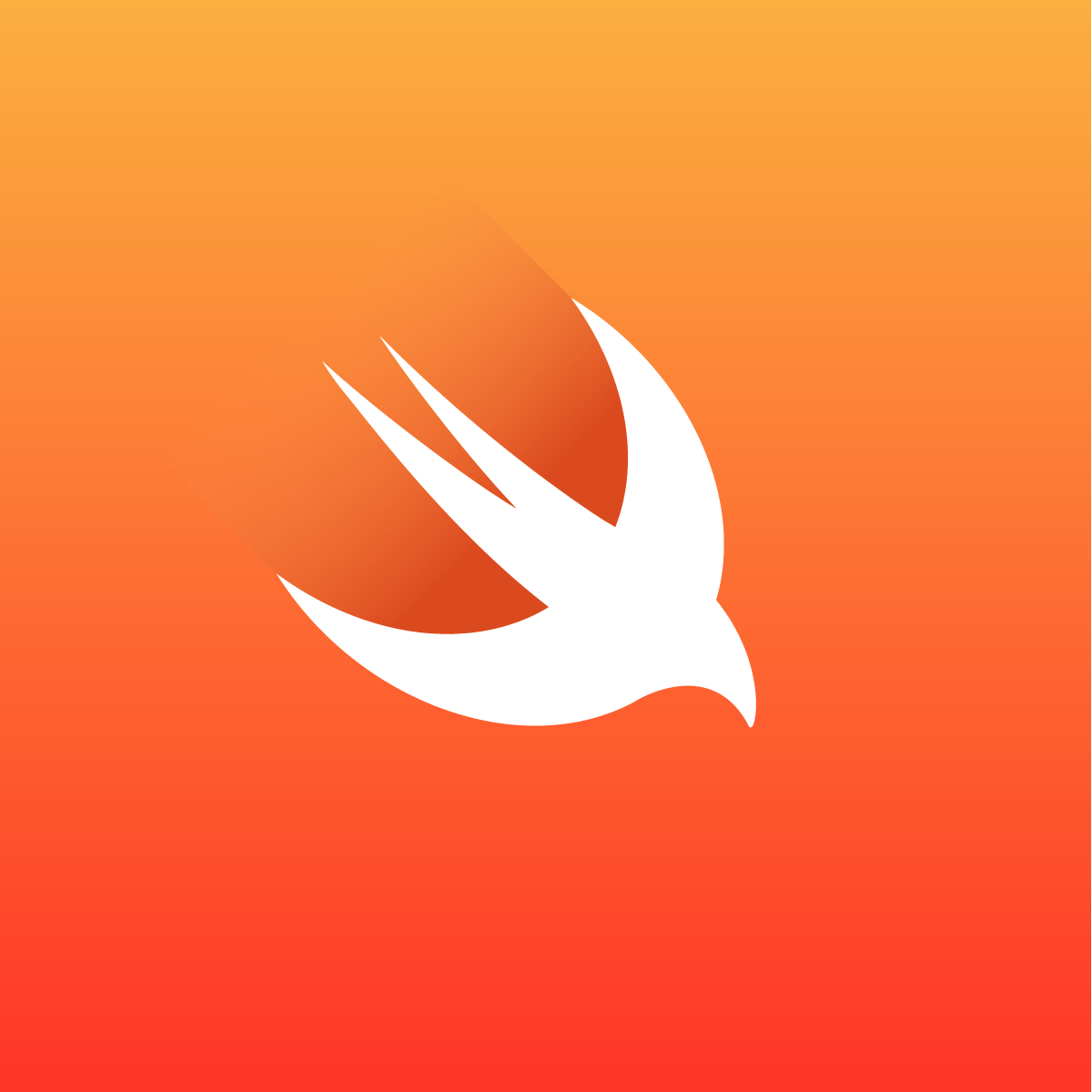- August 28, 2025
- Mins Read
TableKit is a super lightweight yet powerful generic library that allows you to build complex table views in a declarative type-safe manner. It hides a complexity of UITableViewDataSource and UITableViewDelegate methods behind the scene, so your code will be look clean, easy to read and nice to maintain.
Features
- Type-safe generic cells
- Functional programming style friendly
- The easiest way to map your models or view models to cells
- Automatic cell registration*
- Correctly handles autolayout cells with multiline labels
- Chainable cell actions (select/deselect etc.)
- Support cells created from code, xib, or storyboard
- Support different cells height calculation strategies
- Support portrait and landscape orientations
- No need to subclass
- Extensibility
Getting Started
An example app is included demonstrating TableKit’s functionality.
Basic usage
Create your rows:
import TableKit
let row1 = TableRow<StringTableViewCell>(item: “1”)
let row2 = TableRow<IntTableViewCell>(item: 2)
let row3 = TableRow<UserTableViewCell>(item: User(name: “John Doe”, rating: 5))
Put rows into section:
let section = TableSection(rows: [row1, row2, row3])
And setup your table:
let tableDirector = TableDirector(tableView: tableView)
tableDirector += section
Done. Your table is ready. Your cells have to conform to ConfigurableCell protocol:
class StringTableViewCell: UITableViewCell, ConfigurableCell {
func configure(with string: String) {
textLabel?.text = string
}
}
class UserTableViewCell: UITableViewCell, ConfigurableCell {
static var estimatedHeight: CGFloat? {
return 100
}
// is not required to be implemented
// by default reuse id is equal to cell’s class name
static var reuseIdentifier: String {
return “my id”
}
func configure(with user: User) {
textLabel?.text = user.name
detailTextLabel?.text = “Rating: \(user.rating)”
}
}
You could have as many rows and sections as you need.
Row actions
It nice to have some actions that related to your cells:
let action = TableRowAction<StringTableViewCell>(.click) { (options) in
// you could access any useful information that relates to the action
// options.cell – StringTableViewCell?
// options.item – String
// options.indexPath – IndexPath
// options.userInfo – [AnyHashable: Any]?
}
let row = TableRow<StringTableViewCell>(item: “some”, actions: [action])
Or, using nice chaining approach:
let row = TableRow<StringTableViewCell>(item: “some”)
.on(.click) { (options) in
}
.on(.shouldHighlight) { (options) -> Bool in
return false
}
You could find all available actions here.
Custom row actions
You are able to define your own actions:
struct MyActions {
static let ButtonClicked = “ButtonClicked”
}
class MyTableViewCell: UITableViewCell, ConfigurableCell {
@IBAction func myButtonClicked(sender: UIButton) {
TableCellAction(key: MyActions.ButtonClicked, sender: self).invoke()
}
}
And handle them accordingly:
let myAction = TableRowAction<MyTableViewCell>(.custom(MyActions.ButtonClicked)) { (options) in
}
Multiple actions with same type
It’s also possible to use multiple actions with same type:
let click1 = TableRowAction<StringTableViewCell>(.click) { (options) in }
click1.id = “click1” // optional
let click2 = TableRowAction<StringTableViewCell>(.click) { (options) in }
click2.id = “click2” // optional
let row = TableRow<StringTableViewCell>(item: “some”, actions: [click1, click2])
Could be useful in case if you want to separate your logic somehow. Actions will be invoked in order which they were attached.
If you define multiple actions with same type which also return a value, only last return value will be used for table view.
You could also remove any action by id:
row.removeAction(forActionId: “action_id”)
Advanced
Cell height calculating strategy
By default TableKit relies on self-sizing cells. In that case you have to provide an estimated height for your cells:
class StringTableViewCell: UITableViewCell, ConfigurableCell {
// …
static var estimatedHeight: CGFloat? {
return 255
}
}
It’s enough for most cases. But you may be not happy with this. So you could use a prototype cell to calculate cells heights. To enable this feature simply use this property:
let tableDirector = TableDirector(tableView: tableView, shouldUsePrototypeCellHeightCalculation: true)
It does all dirty work with prototypes for you behind the scene, so you don’t have to worry about anything except of your cell configuration:
class ImageTableViewCell: UITableViewCell, ConfigurableCell {
func configure(with url: NSURL) {
loadImageAsync(url: url, imageView: imageView)
}
override func layoutSubviews() {
super.layoutSubviews()
contentView.layoutIfNeeded()
multilineLabel.preferredMaxLayoutWidth = multilineLabel.bounds.size.width
}
}
You have to additionally set preferredMaxLayoutWidth for all your multiline labels.
Functional programming
You have to additionally set preferredMaxLayoutWidth for all your multiline labels.
let users = /* some users array */
let click = TableRowAction<UserTableViewCell>(.click) {
}
let rows = users.filter({ $0.state == .active }).map({ TableRow<UserTableViewCell>(item: $0.name, actions: [click]) })
tableDirector += rows
Done, your table is ready.
Automatic cell registration
TableKit can register your cells in a table view automatically. In case if your reusable cell id matches cell’s xib name:
MyTableViewCell.swift
MyTableViewCell.xib
You can also turn off this behaviour:
let tableDirector = TableDirector(tableView: tableView, shouldUseAutomaticCellRegistration: false)
and register your cell manually.
Installation
CocoaPods
To integrate TableKit into your Xcode project using CocoaPods, specify it in your Podfile:
pod ‘TableKit’
Carthage
Add the line github "maxsokolov/tablekit" to your Cartfile.
Manual
Clone the repo and drag files from Sources folder into your Xcode project.
Requirements
- iOS 8.0
- Xcode 9.0
GitHub
- August 27, 2025
- SwiftUI
This package provides you with an easy way to show tooltips over any SwiftUI view, since Apple does not provide ...
- August 27, 2025
- SwiftUI
- Uncategorized
SimpleToast is a simple, lightweight, flexible and easy to use library to show toasts / popup notifications inside iOS or ...
- August 27, 2025
- SwiftUI
Create Toast Views with Minimal Effort in SwiftUI Using SSToastMessage. SSToastMessage enables you to effortlessly add toast notifications, alerts, and ...



